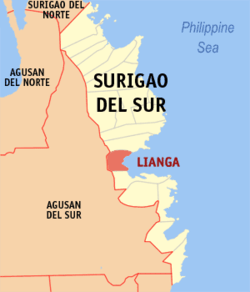
High levels of paralytic shellfish poison, more commonly known as red tide, was seen in collected shellfish samples from Lianga Bay in Surigao del Sur, according to the latest confirmatory laboratory test result by the Bureau of Fisheries and Aquatic Resources (BFAR).
Under the new bulletin issued by BFAR, the local government units (LGUs) in the area, in partnership with BFAR Region 13 are encouraging the public to stop gathering, selling, and eating all types of shellfish and Acetes sp., locally known as “alamang” or “hipon” to avoid possible shellfish poisoning.
The bulletin also stressed that cooked shellfish affected by the red tide is also not edible for human consumption.
A chemist from BFAR-13 advised the residents on the dangers of consuming cooked but contaminated shellfish from the bay, stating that “marine biotoxins are heat stable and cannot be disintegrated by any means, be it by acidification by the use of vinegar nor by heating or subjecting it even at cryogenic temperatures.”
Unfortunately, two residents from the town of Barobo died due to shellfish poisoning, a day after BRAR-13 released a warning on the presence of red tide toxins in the area.
According to reports, the victims ate raw shellfish locally known as “kinilaw” that were collected from Lianga Bay. (RJ Espartinez)